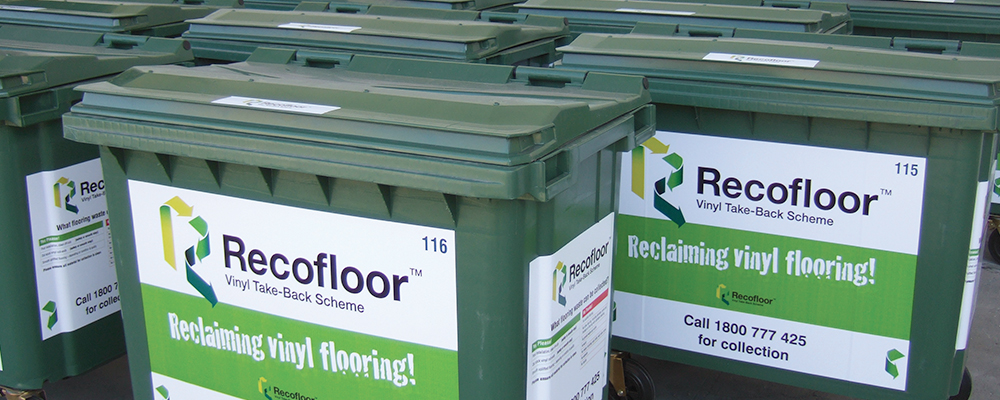
PVC Waste
In Australia, a high percentage of Australians have access to kerbside recycling of plastics packaging, where waste is collected, sorted according to type and, ultimately, processed into new products either in Australia or overseas.
The Vinyl Council commissioned a national PVC Waste Audit, conducted by Nolan ITU in 2005, to understand and gather data on the amount of PVC waste entering the waste stream in Australia annually. The research found that less than one per cent of the 16-20 million tonnes of waste sent to landfill each year in Australia was PVC.
More than 85 per cent of PVC resin manufactured every year, is used in durable products and therefore less PVC is recovered from household waste than other more common packaging plastics such as PET or HDPE. Highly durable PVC products (more than 15 year life) include building materials such as window frames, water distribution and drainage pipes, floor coverings and electrical cable insulation. PVC products such as pipe last 100 years so little of this material enters the waste stream.
About ten per cent of PVC resin consumed is used in products which remain in use for between 2 and 15 years. Car parts and furniture are examples.
Less than five per cent of PVC resin consumed is used to make products which last for less than two years. Single-use products, such as medical equipment, are included in this category. PVC packaging materials have a short life and most frequently end up as household refuse. PVC bottles and containers are included in most kerbside collection schemes in Australia.
Under the Australian industry’s PVC Stewardship Program, Signatories in the industry have committed to consider whole-of-life management of their products and to address waste and recycling issues.





